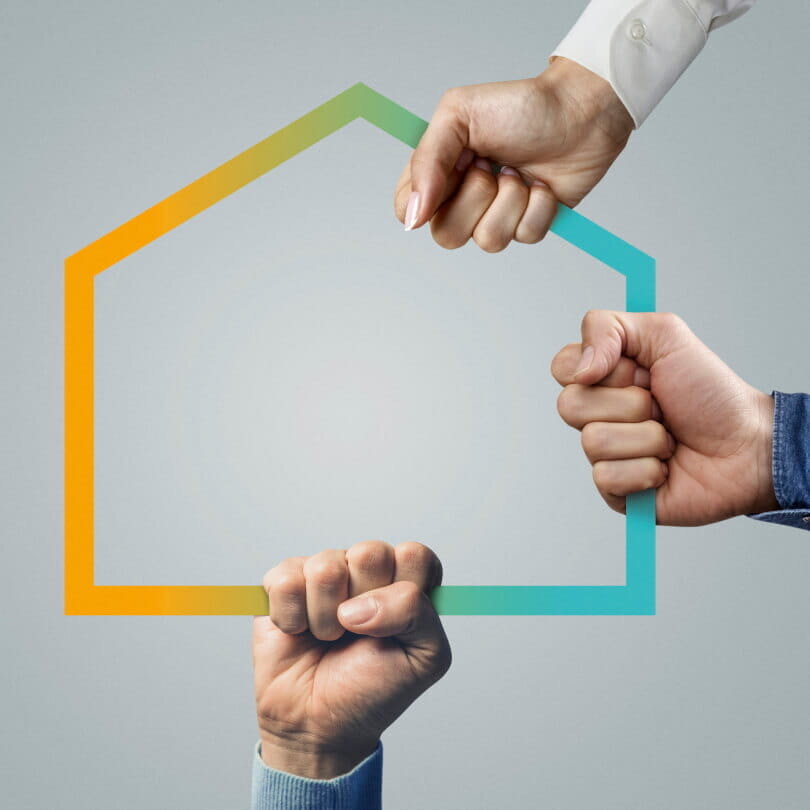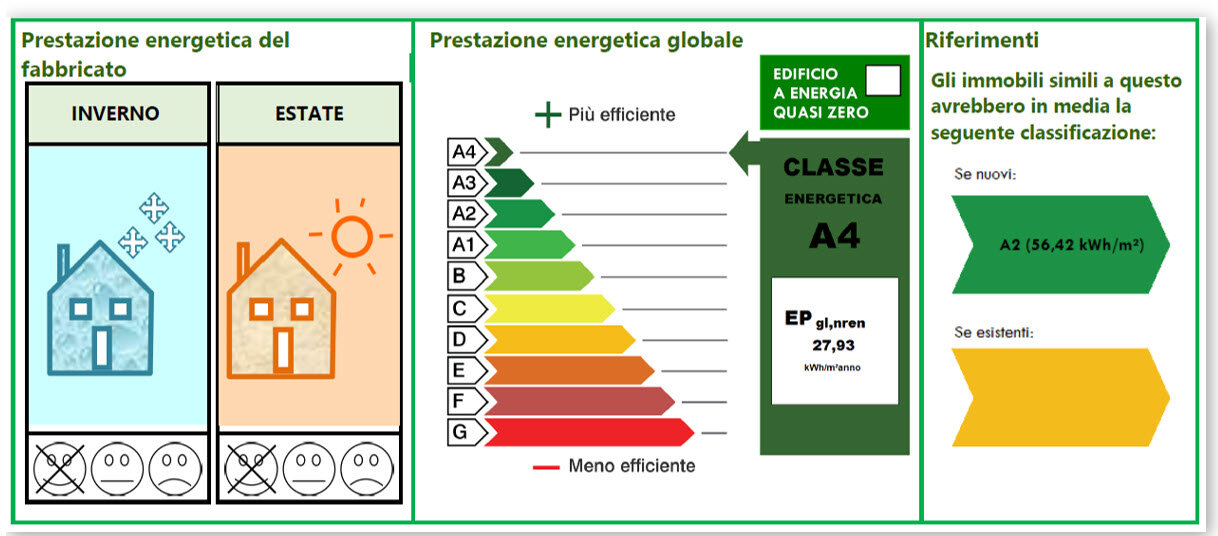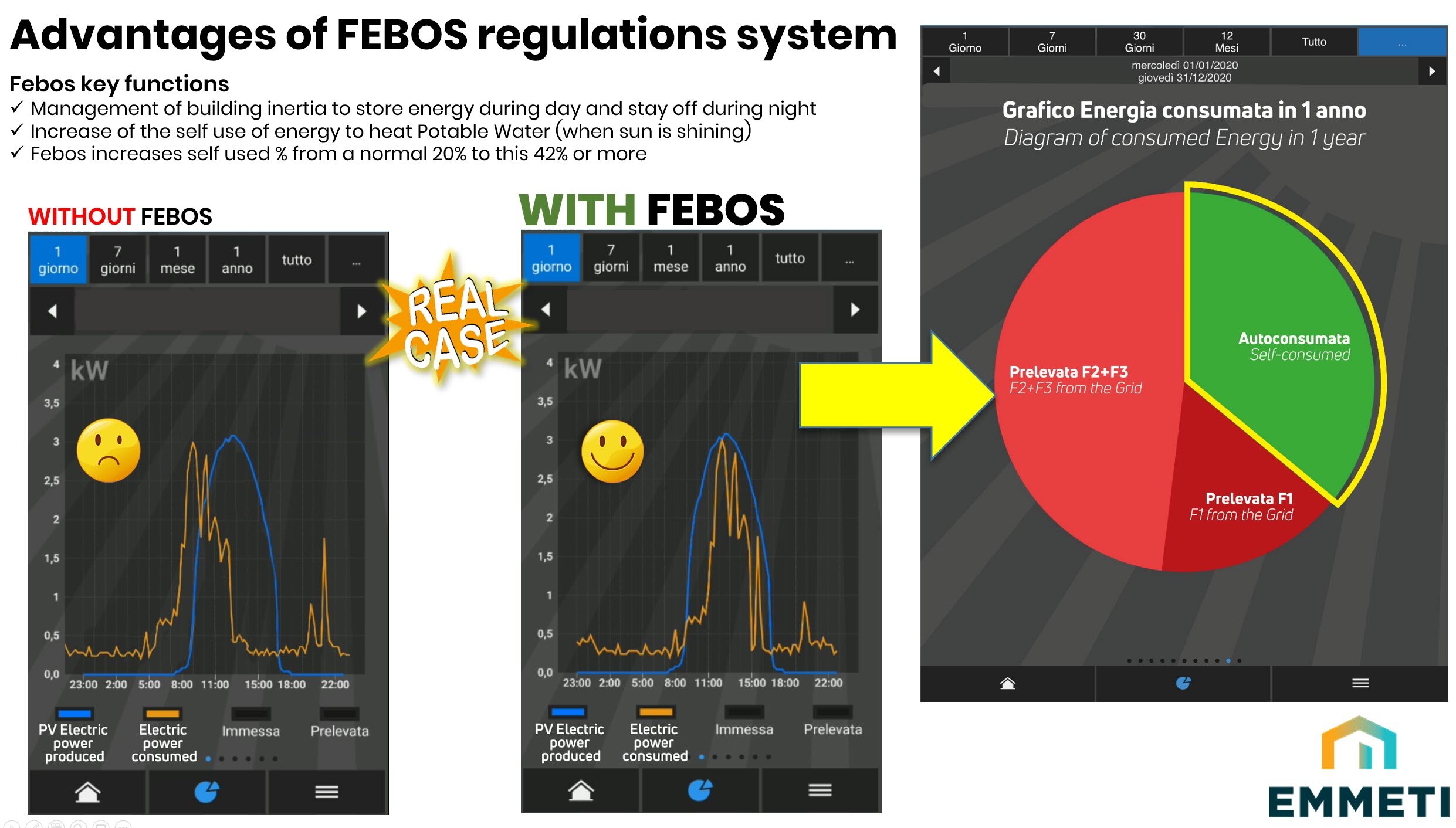Enjoy optimum comfort due to an integrated HVAC system
Climate change is the driving force for improving our energy efficiency. Since buildings are responsible for approximately 40% of the energy consumption in the EU, it’s only logical that we turn our attention to the major areas of energy consumption in a building, being heating, ventilation and air conditioning.
To ensure that we are able to meet the 2030 and 2050 climate targets, EU governments are implementing energy efficiency directives aimed at renovating our old building stock to nearly zero-energy buildings and limiting energy use in new buildings to an absolute minimum. To give building owners an extra push, these directives are often combined with government support.
In Italy, for example, there is a Superbonus of 110% for seismic renovations and energy efficiency improvements, equalling a tax credit that amounts to 110% of the qualifying expenses.

Product development
Although awareness and incentives are very important, they need to be combined with the right solutions in order to realise our ambitions. A good example of this is the way that environmental policies incentivise the construction of photovoltaic systems. As these produce energy from a renewable source, they help lower the environmental impact of our buildings and are therefore an important link in the process of futureproofing our energy usage. Other energy-efficient solutions that contribute to this are heat pumps, underfloor heating, fan convectors, etc.
Integrated systems
At Emmeti we design every one of our advanced indoor climate solutions with a focus on user-friendliness, but also on their ability to combine the best performance with a maximum of energy savings and respect for the environment. That’s why we believe it’s important to look beyond each individual product and offer integrated systems. By merging innovative design, technological content and extensive technical and industrial expertise into a single system solution the opportunities for energy saving are far greater than when we rely on the performance of a single product.
Comfort all year round
Heat pumps, for example, play an important role in changing the way we heat our buildings as they draw their energy from the air, ground or water and produce two to four times more useable energy output than they consume in electric input. However, to optimise a heat pump’s efficiency it needs a heating system that’s designed to work with low flow temperatures such as underfloor heating. And while an underfloor heating system provides great indoor comfort during the winter season, you’ll likely need another solution for cooling in summer, unless you pair the underfloor heating system with a reversible heat pump to create underfloor cooling. In that case, it’s important to also install a humidity control system with a sensor and dehumidifiers to avoid moisture.
Indoor air quality
Although room temperature plays a big part in indoor climate comfort, the indoor air quality should certainly not be forgotten. Our focus on energy efficiency leads us to better insulate our buildings, but this makes it harder to dispose of humidity, odours and pollutants produced by our daily activities. An innovative air exchange system with heat recovery can provide the right conditions while safeguarding energy efficiency as it recovers the heat from the indoor air before it is expelled.
Italian renovation case
A great example of how an integrated system solution can help to optimise both comfort and energy efficiency is the energetic renovation of a 366 m2 house located in Dovadola, Italy, which we aretalking about here.
Before its renovation this building had a G energy efficiency class and needed 307,82 kWh/m2 of non-renewable energy every year. This equalled no less than 25.000 kg of CO2 emissions. To turn this building around and futureproof it in terms of energy consumption, the HVAC experts at Emmeti, Purmo Group’s Italian branch, proposed a complete solution, including new insulation, solar panels (photovoltaic) and a hybrid system consisting of a heat pump and a boiler backup for radiator use.

The system approach clearly paid off here, because after the renovation the building was classed energetically as A4. It now only needs 27,93 kWh/m2 of non-renewable energy every year, resulting in a 90% reduction of CO2 emissions, which are now limited to 2.500 kg. Moreover, it far exceeds the minimum requirement for heating, cooling and potable water that should come from renewable sources for 50%. By combining solar panels with a heat pump now 65,6% of the total energy need is covered by renewable sources.

To top this all off, they installed the FEBOS regulations system that helps to manage building inertia and increase the use of self-generated energy. By visualising the energy flow, it helps users to make the most of their produced solar energy, while minimising the use of non-renewable energy and reducing CO2 emissions. In this case FEBOS helped to increase the percentage of self-used energy from a normal 20% to 42% or more.





